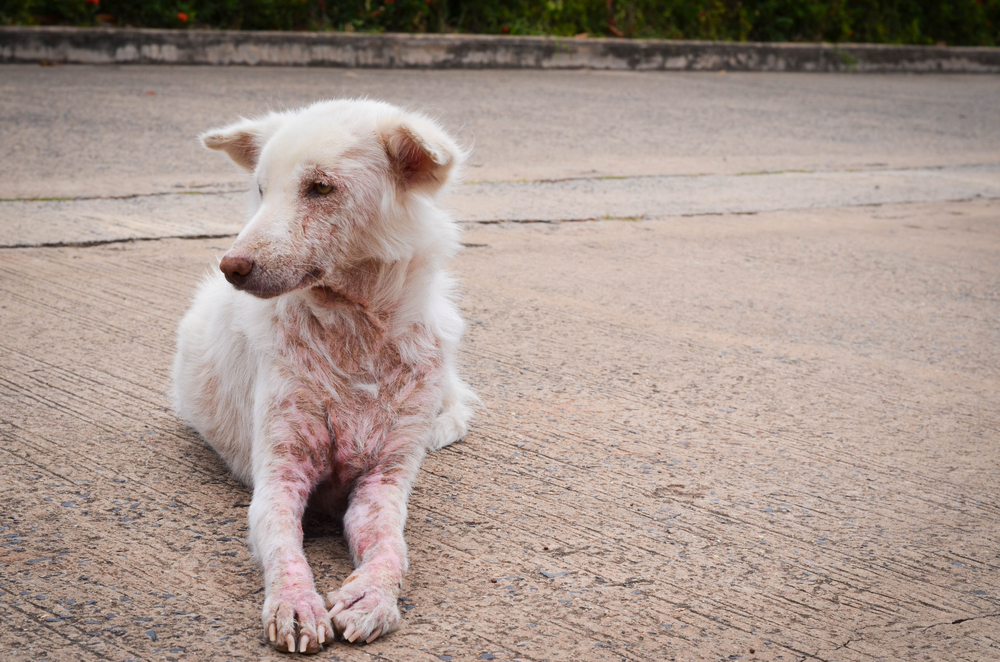Eczema Development in Infants: Age-Related Changes and Steroid Use
This article explains how infant eczema changes as children age, from appearance in early months to more advanced skin changes in toddlers. It covers common treatment options like steroid creams and emphasizes safe usage. Understanding these stages helps parents manage eczema effectively and seek appropriate medical care.

Eczema Development in Infants: Age-Related Changes and Steroid Use
Infant eczema is a common skin condition that typically begins before the age of five. Its appearance and affected areas evolve as children grow. In infants under six months, eczema usually appears on the scalp, face, cheeks, and chin, often avoiding diaper areas due to moisture. Between 6 and 12 months, elbows and knees become typical sites, especially with crawling. In children aged 2 to 5 years, skin becomes thickened, dry, and scaly, with deeper lines called Lichenification, mainly around joints and face.
Healthcare professionals often prescribe steroid creams, ointments, and moisturizers to treat eczema. When used correctly and under medical supervision, these treatments are generally safe. Overuse may cause skin thinning but is reversible. Severe itching might require short-term use of oral antihistamines.
Important Notice:
This article offers general information drawn from research and data. It is not a substitute for professional medical advice. Consult your healthcare provider before beginning or altering any treatment.


